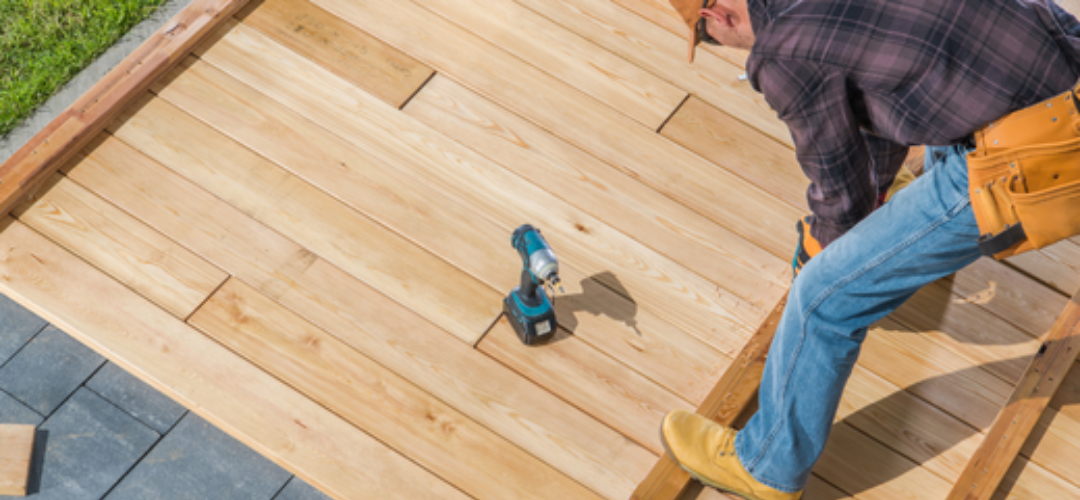Plywood remains a foundational element in Indian interiors—valued for its strength, versatility, and compatibility with a wide range of finishes. However, what’s often underestimated is how significantly installation impacts the long-term performance of even the highest-grade plywood. An ISI-certified board may still underperform if site handling, cutting tolerances, substrate levelling, or fixing methods are not executed with precision. Improper installation introduces variables like internal stress, misalignment, or surface delamination, which compromise both aesthetics and structural reliability.
This guide takes a construction-first perspective, highlighting the most critical plywood installation mistakes that frequently surface on Indian residential and commercial sites. Drawing from field-tested practices and technical joinery principles, we decode how to prepare, position, and finish plywood in a way that honours the material’s capabilities. Whether you're an interior contractor, furniture fabricator, or project manager, these insights aim to future-proof your plywood installations—sheet by sheet.
Mistake #1: Skipping Plywood Acclimatisation
Freshly delivered plywood must be left in the site environment for at least 48–72 hours to adjust to ambient humidity and temperature. Installing it immediately can cause warping or surface cracks post-installation.
✅ Fix: Stack plywood horizontally, with airflow gaps and weighted tops to prevent bowing.
Mistake #2: Ignoring Expansion Gaps
Wood-based materials like plywood expand and contract. Failing to leave 1–2mm gaps between sheets—especially in wardrobes, flooring, or panelling—can result in edge buckling.
✅ Fix: Incorporate expansion allowances in design drawings and site cuts.
Mistake #3: Using the Wrong Screws or Fixing Method
Drywall screws or oversized nails damage the ply’s core. Over-tightened hardware can cause delamination or chipping.
✅ Fix: Use sharp-tipped wood screws with proper pilot holes. Pre-drill where needed and avoid overtightening.
Mistake #4: Cutting Without a Guide or Support
Freehand saw cuts or poor CNC feeds can lead to chipping, frayed edges, and wastage.
✅ Fix: Use circular saws with guide rails, or CNC-cut pre-laminated boards. Always cut with support underneath to prevent breakout.
Mistake #5: Skipping Surface Sealing on Hidden Areas
Most mistakes happen where clients don’t see: inner surfaces, backs, and edges. Leaving these unsealed invites moisture, termite damage, and finish failure.
✅ Fix: Apply edge banding, primer, or PU sealers—even on concealed faces.
Mistake #6: Poor Joinery Planning
Using standard box joinery for all applications results in structural failure—especially under weight.
✅ Fix: Use dowels, biscuits, or groove joints where necessary. Prioritise mechanical stability in load-bearing areas.
Mistake #7: Not Level-Checking Base Surfaces
Installing plywood on uneven floors or wall mounts can cause rattling, misalignment, and long-term fixture stress.
✅ Fix: Use spirit levels and shims to check surfaces before fixing. Precision now saves problems later.
Plyneer Installation Support
Plyneer offers factory-calibrated plywood and installation guidance through:
-
CNC-ready boards for precision modular work
-
Edge-sealed, pre-primed options
-
On-call technical support for contractors and designers
Where to Buy Installation-Ready Plywood in India
Related Reads for On-Site Efficiency
-
Plywood Cutting Guide: Tools, Layouts & Techniques
-
Choosing Plywood for Furniture
-
How to Identify Good Quality Plywood
Final Word
Even the best plywood can underdeliver if the installation isn’t done right. From surface prep to post-install finishing, attention to technical detail ensures every board lives up to its potential.
📞 Need site-specific plywood advice? Contact Plyneer’s installation experts today!
🚀 Explore Install-Ready Plywood Solutions







